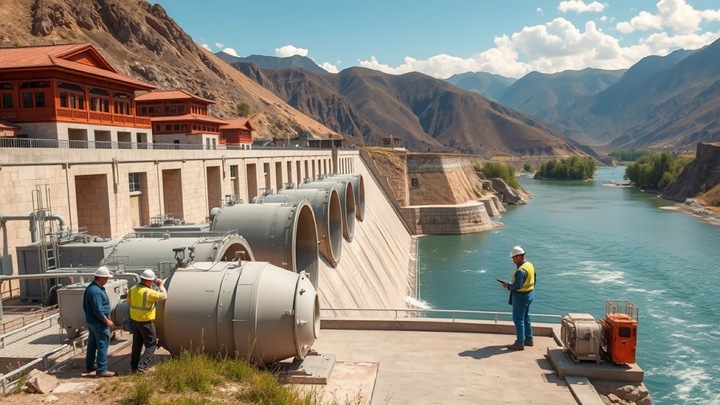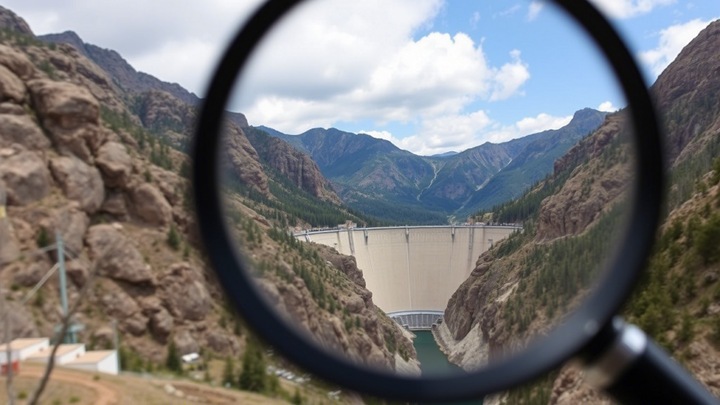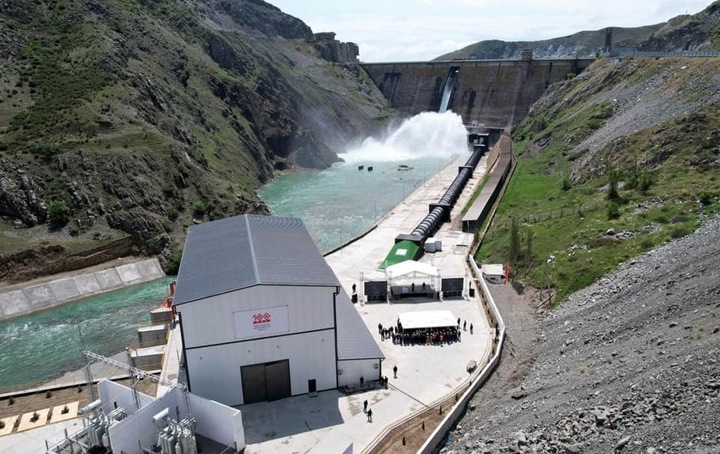Kazakhstan tightens control over the use of water resources
President of Kazakhstan Kassym-Jomart Tokayev has approved a new Water Code of the country, which is designed to reform water resources management and increase their protection. The development of the document was supervised by the Ministry of Water Resources and Irrigation, based on the principles of recognizing water as an essential part of the ecosystem, the basis of life and the economy, the need to protect waters and prevent their depletion, as well as the importance of an integrated approach to the use of surface and groundwater. The Code also focuses on the introduction of water-saving technologies, adaptation to climate change and active involvement of society in water resources management.

The concept of “water safety” is introduced into the legislation for the first time, which includes measures to protect the population and the economy from the consequences of water scarcity and pollution. This term also covers the protection of Kazakhstan’s national interests in the use and protection of transboundary water bodies. To preserve aquatic ecosystems, the “ecological runoff” norm is introduced, which determines the minimum required water level in rivers, lakes and seas to maintain their health.
The new Code strengthens the requirements for the protection of water bodies, paying special attention to small rivers and lakes. A ban is being imposed on the construction of deaf dams on small rivers so as not to disrupt their natural flow. A special protection regime is being established for wetlands and glaciers as critical elements of the hydrological system. Local authorities are obliged to define the boundaries of water protection zones and strips in all settlements within two years to prevent pollution and development of coastal areas.
The document provides for the development of strategic water management plans: the Master Plan of Integrated Management and basin plans. These plans will contain forecasts of the availability of water, define goals and measures for its rational use and protection. Their conclusions will become mandatory for consideration in the development of state programs of economic and social development.
The powers of state bodies in the field of flood and drought control are clearly delineated. The Ministry of Water Resources and Irrigation will monitor the condition and operation of hydraulic structures during floods and ensure that excess water is directed to reservoirs and other storage facilities. The Ministry of Emergency Situations will deal with the prevention and elimination of the consequences of floods. Local executive bodies will be responsible for preventive measures, including cleaning and deepening of riverbeds, as well as the creation of engineering infrastructure to protect settlements and economic facilities from flood and meltwater.
To increase transparency and awareness of citizens, a National information report on the state of water resources, measures to protect them and the specifics of their use will be published annually. Digitalization of the industry will be ensured through the creation of a National Water Resources Information System, the operator of which will be an Information and Analytical Center established last year.
The Code introduces mechanisms to stimulate water conservation. Now, in order to obtain permission to use water, enterprises will need to submit a plan for a phased transition to recycled or re-water supply. The implementation of this plan takes five years, and its development takes two years from the date of entry into force of the code.
A separate chapter is devoted to the safety of hydraulic structures. It systematizes the issues of their registration, operation, regular inspections and declaration of safety. A special safety regulation for such facilities will be developed.
Considerable attention is paid to public control over the use and protection of water resources. The role of basin councils is being strengthened, whose recommendations will become mandatory for consideration when developing plans and determining water use limits.
To combat illegal use of water, the powers of basin water inspections are being expanded. They receive supervisory functions and the right to take prompt response measures to violations. It also introduces control over the performance by local authorities of their duties in the field of water relations.
At the same time, amendments to related legislation were initiated. It is proposed to tighten administrative liability for illegal water intake, introduce a new article for violation of the rules of operation of hydraulic structures. It is planned to ban mining on the territory of the Aral Sea and transfer additional groundwater management functions to the Ministry of Water Resources.
The new Water Code comprehensively covers all aspects of Kazakhstan’s water industry, forming a national water conservation policy, stimulating scientific approaches, regulating water supply and sanitation, as well as the use of treated wastewater to improve the overall efficiency of water resources management.


